On the morning of October 19, the State Audit Office (SA) organized a workshop on “Development of economic zones, industrial parks, and industrial clusters: Current situation, opportunities, challenges, and the role of the SA”. The workshop was co-chaired by Deputy State Auditor General Bui Quoc Dung and Deputy Minister of Planning and Investment Nguyen Thi Bich Ngoc.
This is one of three workshops within the framework of the Forum program "Promoting economic recovery and development - Key points and the role of State Audit".
In his opening speech, Deputy State Auditor General Bui Quoc Dung said that Vietnam's economy in the first 9 months of the year continued to be stable, economic growth had positive changes, inflation was controlled, and major balances of the economy were ensured. However, it is also necessary to frankly acknowledge that the economic recovery and development process has not met expectations. Economic growth in the first 9 months of the year only reached 4.24%, making the growth target for 2023 and the entire 2021-2025 period very difficult. This requires ministries, branches, and localities to join hands to remove bottlenecks and find new driving forces to further accelerate the economic recovery and development process.
“One of those solutions is to promote the development of economic zones (EZs), industrial parks (IPs), and industrial clusters (ICs). From there, attract resources in technology, capital, and human resources from outside to create growth drivers for industries, sectors, and localities, and at the same time be a place to test new institutions, mechanisms, and policies that are expected to create breakthroughs,” emphasized Deputy State Auditor General Bui Quoc Dung.
The "knots" that need to be untied
At the workshop, experts all agreed that in the 30 years of formation and development, economic zones, industrial parks, and industrial clusters have made positive contributions to the socio-economic development of Vietnam. To date, the country has 407 industrial parks, 18 coastal economic zones, and 26 border gate economic zones in 61/63 provinces and cities, attracting over 21,000 domestic and foreign investment projects with a total registered capital of about 340 billion USD, contributing 11.7% of total state budget revenue (excluding crude oil), creating jobs for more than 3.9 million people, equivalent to 8.3% of the country's workforce.
However, compared to many countries in the region, investment in the development of economic zones, industrial parks and industrial clusters in our country is still in the early stages, facing many difficulties and challenges and has not achieved many commensurate results.
Delving into the problems, Dr. Le Dinh Thang, Chief Auditor of the State Audit Office II, pointed out many "bottlenecks" that need to be removed to fully promote the effectiveness and role of economic zones and industrial parks.
The first “bottleneck”, according to him, is the issue of planning that does not meet the requirements of the development process, is still local, and has not been considered in a comprehensive and harmonious way for the interests of the country. Planning still lacks a comprehensive, long-term vision of development in the economy; in relation to other economic sectors, regions and society. Economic zones and industrial parks are planned quite widely according to administrative boundaries, not closely following practical requirements, orientation and ability to attract investment, local competitive advantages and efficiency of resource use (land, resources, human resources...), leading to the need to adjust planning many times.
Along with that, the current development of economic zones and industrial parks has not met the requirements of regional connectivity, only a few models of single production cooperation have appeared in economic zones and industrial parks such as: Manufacturing components and assembling cars in Chu Lai Open Economic Zone ( Quang Nam ), manufacturing mobile phones in some industrial parks in Bac Ninh and Thai Nguyen provinces... not having much impact on local industrial production, making it difficult for domestic enterprises to participate in the value chain of FDI enterprises.
Another “bottleneck” pointed out by Dr. Le Dinh Thang is the difference in preferential policies between localities. Localities and investors developing infrastructure for economic zones and industrial parks still focus on “breadth” development, strongly attracting secondary investors; they have not really paid attention to “depth” development towards high value-added industry structures, modern technology and environmental protection.
Regarding land use efficiency, according to him, the occupancy rate of industrial parks is only 57.2% (in 2022), which is relatively low. In addition, the average investment attraction rate of investment projects in industrial parks 30 is 4.61 million USD/ha of leased industrial land. Although this rate has increased over time, it is still relatively low. "According to the audit results, some economic zones and industrial parks have difficulty attracting secondary investment projects on land with built infrastructure; some localities have not been resolute in recovering unused land areas or projects that have not fulfilled their commitments, leading to waste of land resources..." - he said.
Mr. Le Thanh Quan, Director of the Department of Economic Zones Management (Ministry of Planning and Investment) also said that the development of industrial parks and economic zones still faces a number of challenges. Specifically, the development models of industrial parks and economic zones are slow to be innovated; the quality and efficiency of attracting investment into industrial parks and economic zones have not met the requirements of in-depth development; the linkage and cooperation within industrial parks and economic zones, between zones with each other and between industrial parks and economic zones with outside areas are still limited.
Another challenge is that the issue of sustainable development and economic, environmental and social balance in the development of industrial parks and economic zones has been raised, but the implementation results are different and uneven among localities; the organization of the central and local state management agencies for industrial parks and economic zones is slow to be improved and upgraded to meet requirements and tasks...
Need law to regulate the activities of economic zones and industrial parks
Proposing solutions to contribute to removing obstacles and creating strong development momentum for industrial zones and economic zones, Mr. Le Thanh Quan said that it is necessary to develop a Law regulating the operation of industrial zones, economic zones and other models in the direction of clearly defining the development focus and outstanding policy mechanisms on infrastructure, land access, administrative procedures related to investment, enterprises, construction...; institutions for dispute resolution and enforcement; regulations to ensure synchronous and sustainable development in terms of economy - environment - society... in accordance with the characteristics of each model, ensuring connectivity and synchronization with other areas.
In particular, it is necessary to innovate the current industrial park and economic zone models and develop a number of new industrial park and economic zone models in an ecological and more efficient direction; taking science, technology and innovation as the pillars for future development, in which, shifting to proactively creating and creating an environment for technology enterprises and start-ups to be formed and developed; allocating land funds and resources for R&D projects, testing new products, applying high technology, digital transformation, energy saving, etc.
According to Mr. Le Thanh Quan, it is necessary to selectively attract investment in industrial parks and economic zones, proactively contact and closely follow the world's leading corporations in industries and fields that Vietnam prioritizes; have separate mechanisms in promoting modern technology projects, with commitments to technology transfer, knowledge dissemination, market expansion, supply chain development, and human resource development for domestic enterprises to participate more deeply in the global value chain.
From the shortcomings and limitations pointed out through the audit process, Dr. Le Dinh Thang, Chief Auditor of the State Audit Office II, recommended perfecting the legal framework and resolving difficulties in investment activities in developing economic zones and industrial parks in order to create a legal framework for investment activities in developing economic zones and industrial parks.
"It is necessary to ensure the following objectives: Creating a complete, synchronous, and unified legal framework for economic zones and industrial parks. Currently, to manage economic zones, only the Government's Decree is the highest legal document, while preferential investment policies on tax, investment, land, and environmental protection are stipulated in specialized laws. Therefore, it is possible to consider promulgating specialized laws regulating the operations of economic zones and industrial parks," he emphasized.
In addition, Mr. Le Dinh Thang said that planning and developing economic zones and industrial parks must ensure the principle of saving and effectively using land resources, associated with the ability to attract investment, associated with regional linkages, forming key industrial zones, preserving ecosystems, and sustainable development. Focus more on investing in the planning stage because errors and shortcomings right from the planning stage lead to very serious consequences, affecting the effectiveness of developing economic zones and industrial parks. Consider planning the development of economic zones and industrial parks in sync with the overall planning, especially land use planning.
Provide appropriate investment incentives, promote investment attraction; including policies to promote the development of new types of economic zones and industrial parks; support localities with difficult socio-economic conditions to build and develop economic zones and industrial parks and support businesses eligible for incentives to access land resources more easily and at lower costs. It is necessary to diversify, be flexible and creative in issuing investment incentive policies for economic zones and industrial parks .../.
Source link



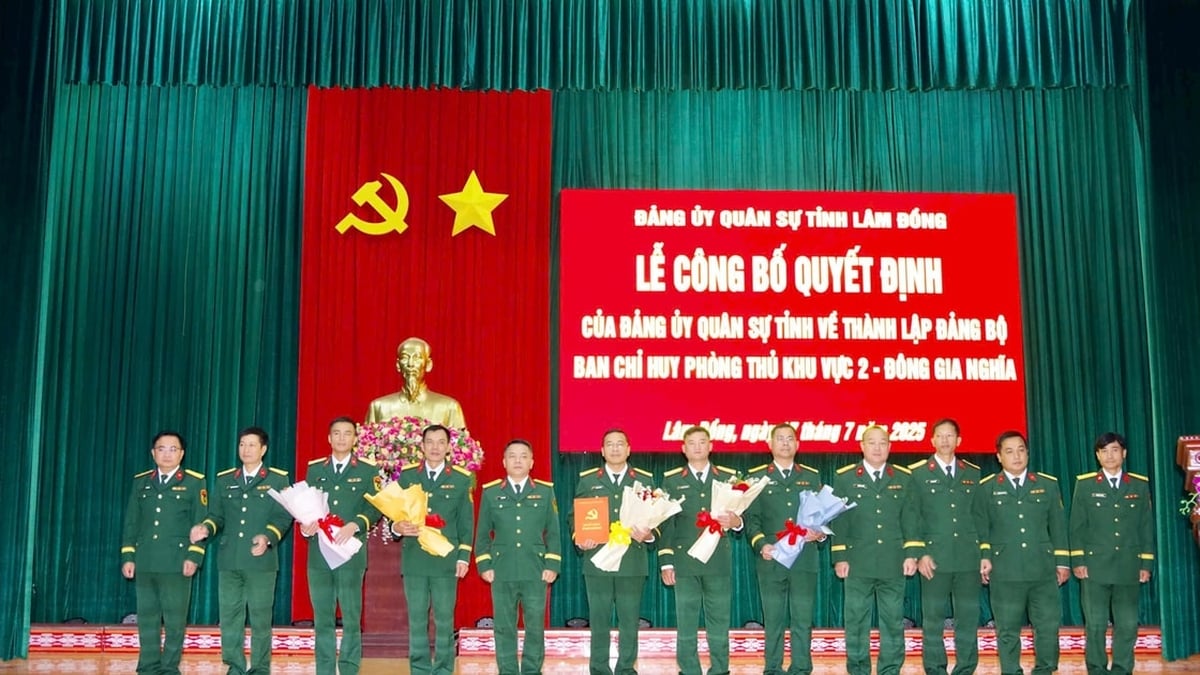
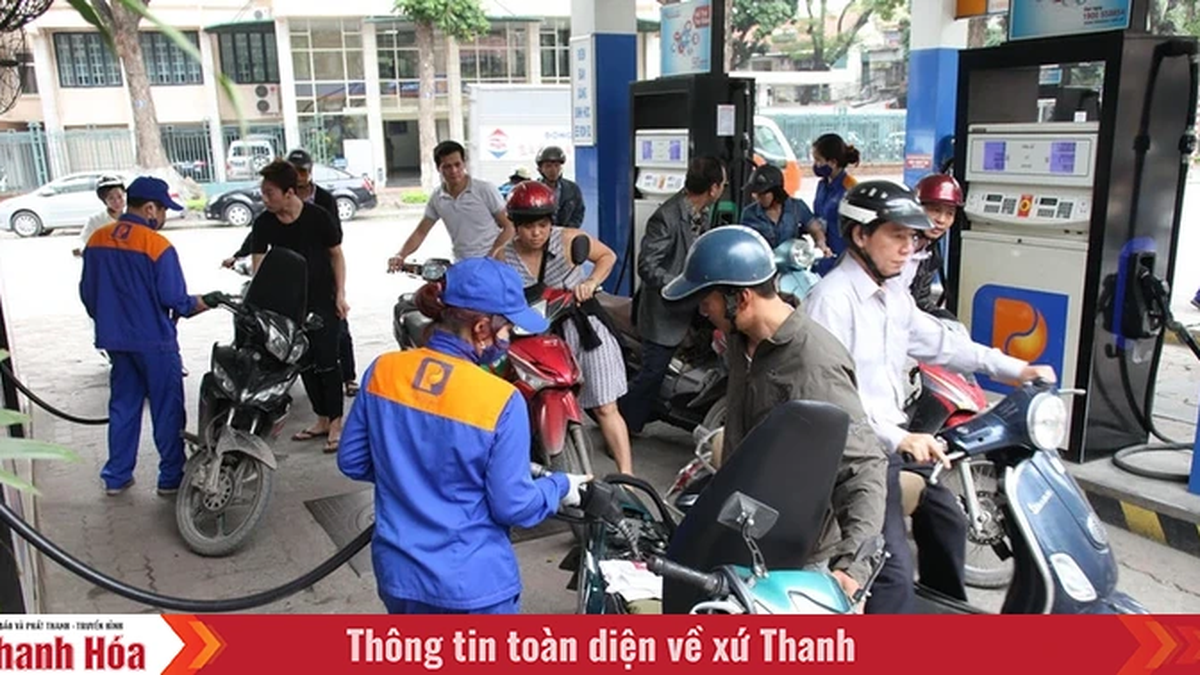

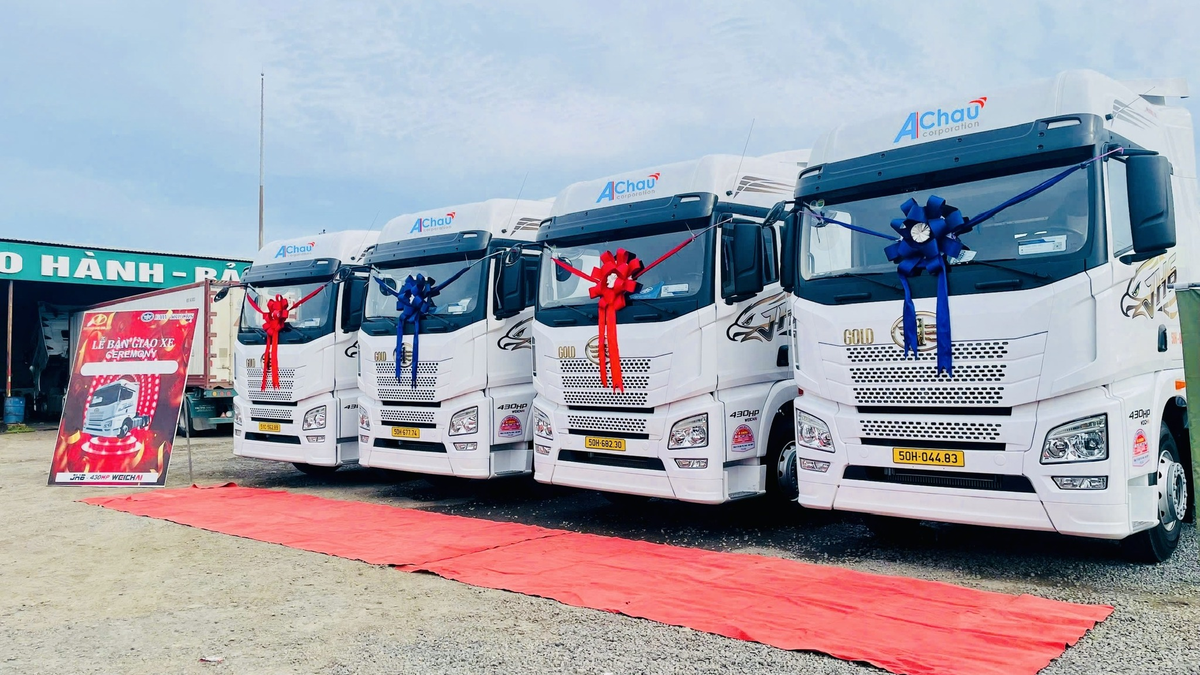
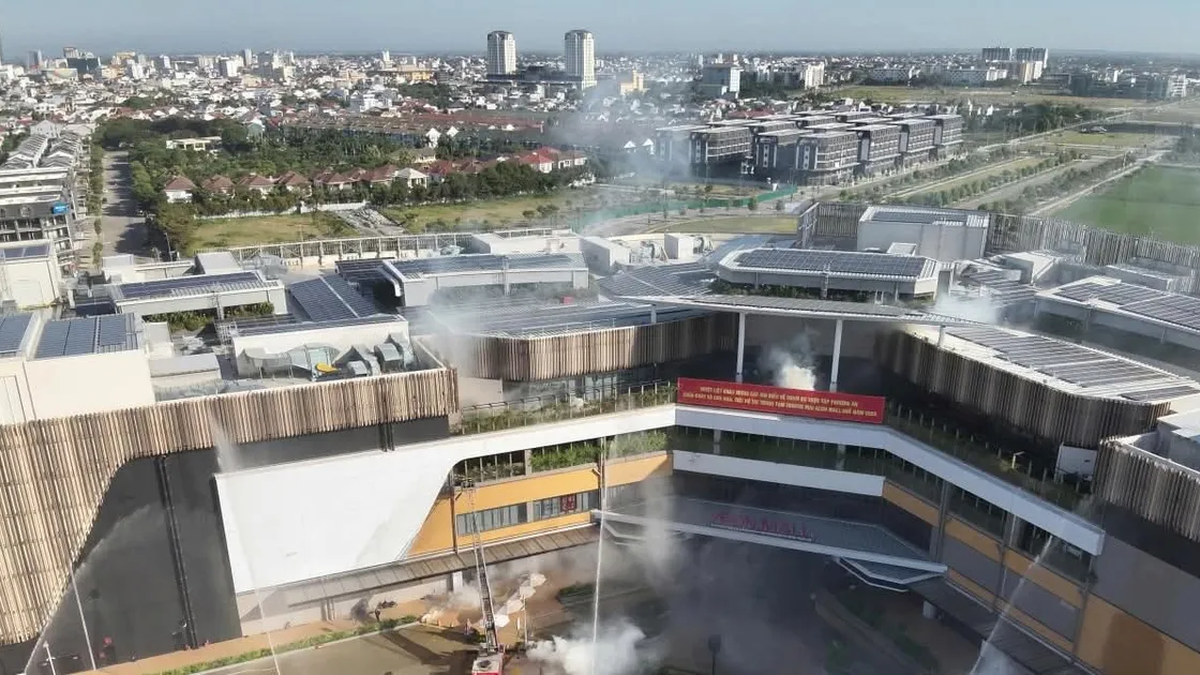



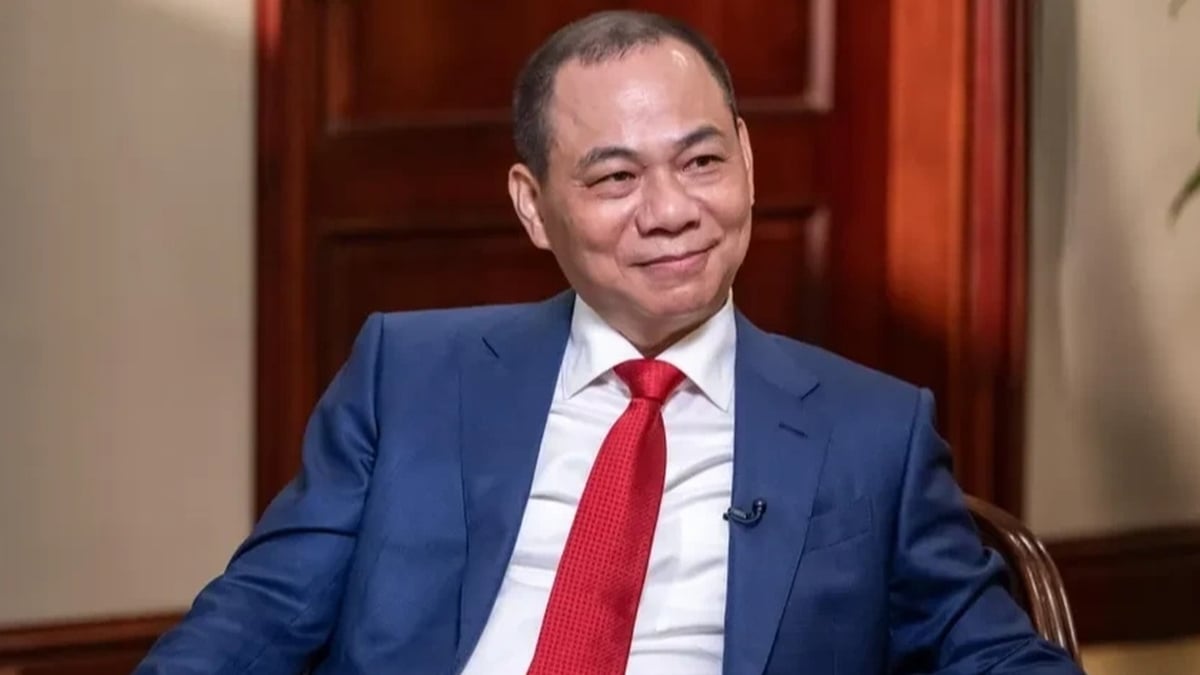














































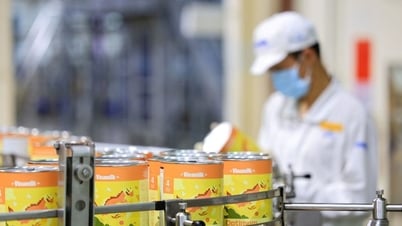



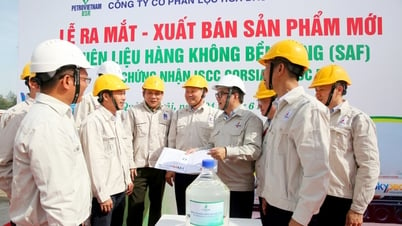

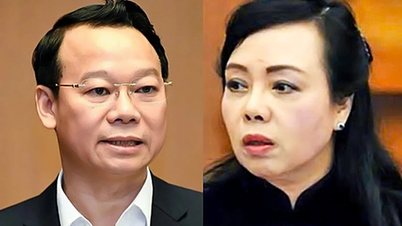
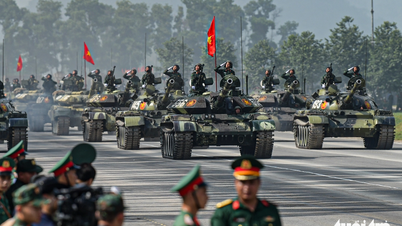


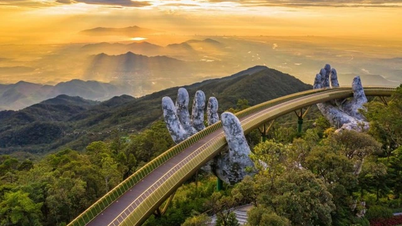






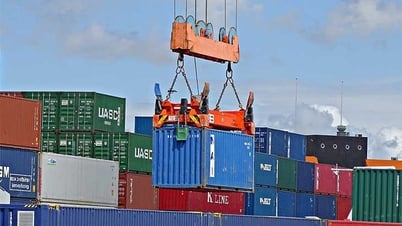

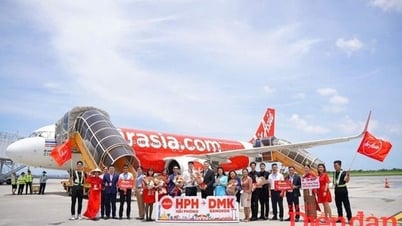
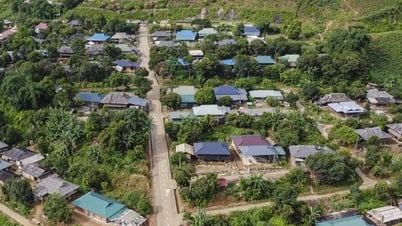
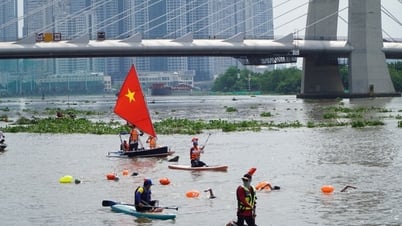






















Comment (0)